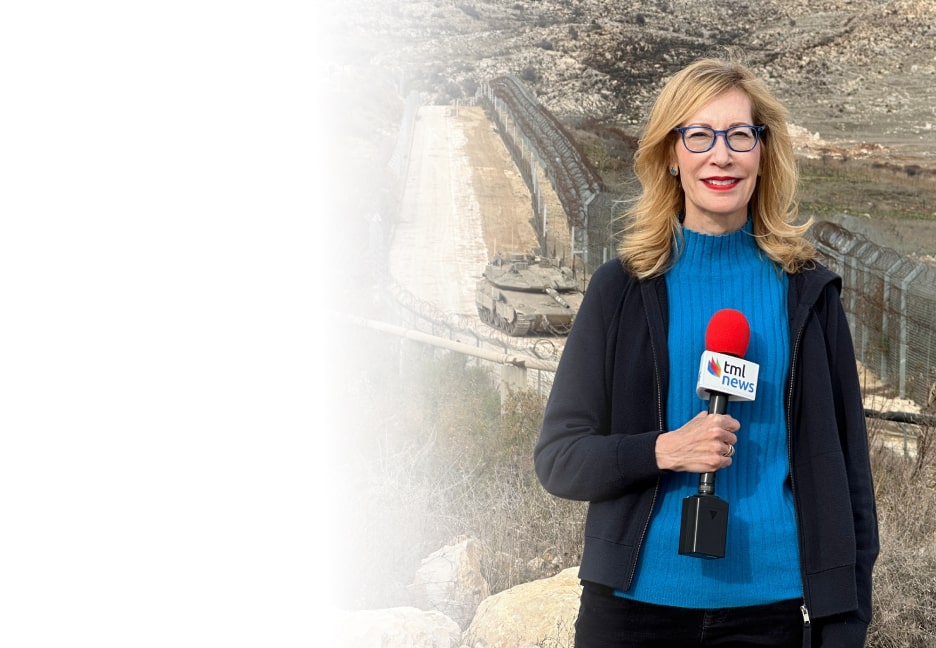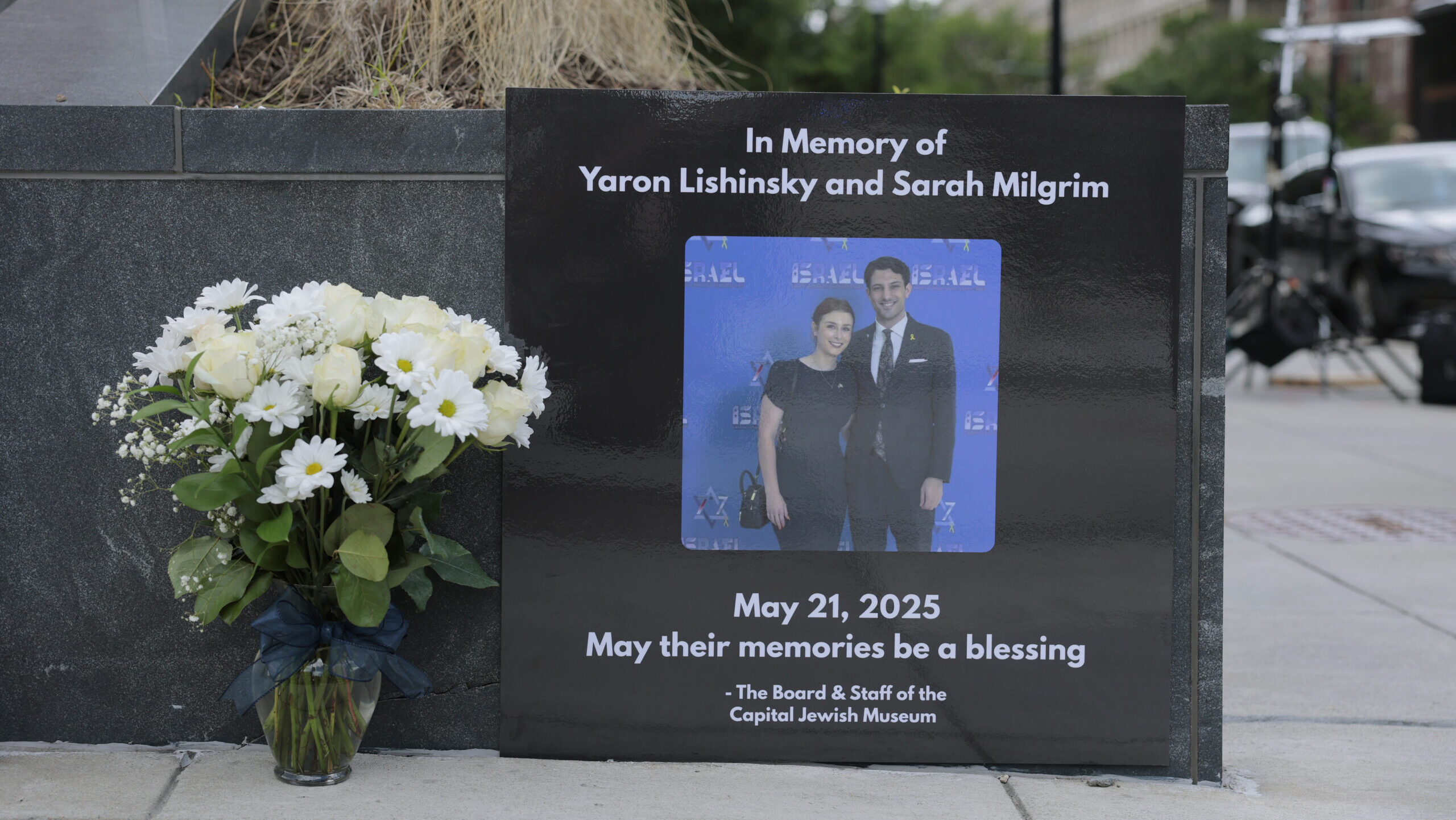How Online Influencers Spread Justifications for Political Violence
After the fatal shooting of two Israeli Embassy employees outside a Jewish museum in Washington, DC last week, attention has turned to the online reactions that followed. In her report for The Media Line, Giorgia Valente examines how digital platforms have enabled the spread of extremist rhetoric, some of which sought to justify the killings or question their authenticity.
The attacker, Elias Rodriguez, left behind an online manifesto calling to “bring the war home,” referencing Aaron Bushnell, the US airman who self-immolated earlier this year. His writings framed political violence as moral and necessary. Influencers like 19-year-old Guy Christensen echoed that framing to millions of followers, referring to the shooting as an “act of resistance.” A modified version of his video continued to circulate even after the original was removed.
This holiday season, give to:
Truth and understanding
The Media Line's intrepid correspondents are in Israel, Gaza, Lebanon, Syria and Pakistan providing first-person reporting.
They all said they cover it.
We see it.
We report with just one agenda: the truth.


The Anti-Defamation League flagged posts from other high-profile figures, including white supremacist Nick Fuentes, who dismissed the murders as a false flag—rhetoric that reached a wide audience.
Experts interviewed by Valente, including Ofir Dayan and Liram Koblentz-Stenzler, warn that such messages are not fringe anomalies but part of a coordinated pattern. Content originating on anonymous or fringe platforms regularly migrates to major sites like TikTok, Instagram, and X. Algorithms and weak moderation policies often allow these narratives to flourish unchecked.
Koblentz-Stenzler also noted that many consumers of such content are not aware of its origins or implications, especially younger users. Education and regulatory reform, she argues, are key to curbing the long-term effects of digital radicalization.
Read Giorgia Valente’s full article for a closer look at how online messaging is shaping attitudes toward violence and the Israeli-Palestinian conflict.

